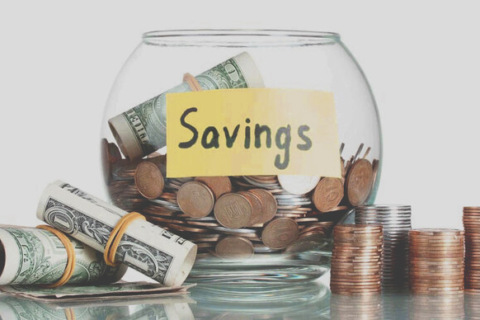
How does FIRE connect income, savings, and time in the US?
The Thinking Behind the FIRE Strategy (Image: disclosure/reproduction of Google Imagens) The FIRE movement, short...
December 27, 2025

The Thinking Behind the FIRE Strategy (Image: disclosure/reproduction of Google Imagens) The FIRE movement, short...
December 27, 2025

Best Practices for Year End Portfolio Rebalancing in 2026 (Image:...

Aligning Investments with Short and Long Term Goals (Image: disclosure/reproduction...

How to use your credit card during Christmas and New...